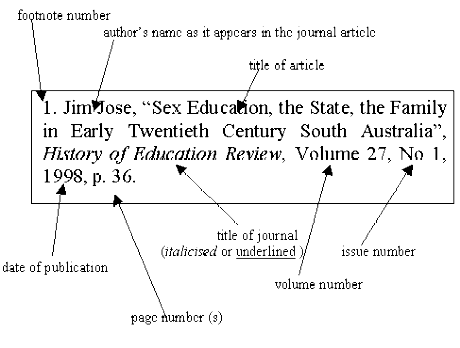sample from HTML program and PDF book
1. Don’t imagine that you should be able to produce a fluent and successful essay at your first attempt. Even professional writers don’t work like that. You should think of writing as a process in which the first stages are sketches or rough drafts. These will help you to produce something more polished and fluent at a later stage.
2. The advantages of working in this way are enormous. You can disregard the fine details and concentrate on generating your arguments. The writing does not need to be grammatically correct. You can come back later to make corrections.
3. There is no need to worry too much about the structure of what you produce. If new ideas come to mind, you can write them down. Anything can be changed later, when you do more work on the essay.
4. This writing strategy assumes that you are prepared to do this extra work. You should try to avoid thinking of the first draft as the finished essay, no matter how much effort you have put into its production. Regard it instead as the raw material from which a more considered and well-crafted second draft will be produced. You should be prepared for extensive re-writing.
5. A word-processor is an ideal writing tool for working with drafts. You can choose to keep polishing and refining the same basic document, saving it to incorporate each set of changes. Alternatively, you can create and save separate drafts. These may then be compared and mixed until you have produced something to your satisfaction.
© Roy Johnson 2003
Buy Writing Essays — eBook in PDF format
Buy Writing Essays 3.0 — eBook in HTML format
More on writing essays
More on How-To
More on writing skills
